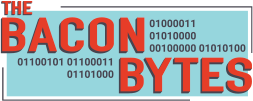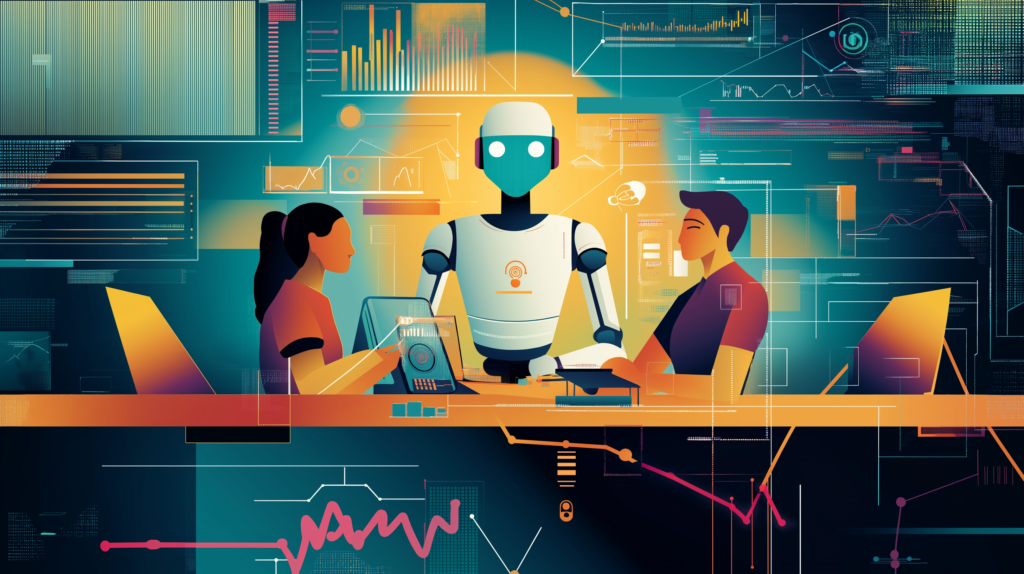Embracing the Power of AI
In a recent meeting, a compelling point emerged: AI excels at identifying negative user stories, a task that often challenges human business analysts. This ability to think critically about potential pitfalls and negative scenarios is not just a quirk of AI; it is a game-changing advantage for individuals striving to anticipate risks and make informed decisions.
Humans have a natural inclination toward positivity. We thrive on hope and optimism, believing that things will work out in our favor. This mindset is crucial; it fuels our ambitions, strengthens relationships, and helps us overcome obstacles. Yet, we all know that life isn’t just a series of successes. We face setbacks, failures, and challenging realities that can cloud our judgment.
As we have entered the digital era, one of the standout features, particularly in robotics, is its ability to handle tasks that would be too dangerous or risky for humans. Picture robots navigating hazardous environments, defusing bombs, or exploring the depths of the ocean—all without putting human lives at risk. This capability is transformative, allowing us to delegate high-risk tasks to machines while we focus on more strategic and constructive pursuits.
AI’s strength lies in its ability to handle tasks that involve risk assessment and scenario analysis. Imagine an AI system that meticulously evaluates user experiences, pinpointing areas of concern before they escalate into significant issues. By delegating these analyses to machines, aspiring leaders can concentrate on cultivating a constructive and forward-thinking workplace while AI does the heavy lifting of identifying potential negative outcomes.
Balancing Ethics and Collaboration
Now, let’s pivot to generative AI. This technology is particularly adept at analyzing risks and predicting potential failures, often diving into worst-case scenarios that we might avoid. It can sift through vast amounts of data, identifying patterns that highlight pitfalls we might overlook in our optimistic haze. This isn’t just a quirk of AI; it’s a powerful tool that can enhance decision-making processes by identifying potential blind spots.
However, the ability to think negatively must be guided by ethical considerations. We need to ensure that AI acts responsibly and does not amplify fears or propagate harmful narratives. The goal is to create AI that can analyze negative scenarios while promoting a constructive approach to problem-solving. This is where the interplay between ethics and collaborative decision-making becomes crucial.
When we empower AI to serve as a partner in our decision-making processes, we must establish ethical frameworks that guide its use. By focusing on algorithms that prioritize constructive feedback and actionable insights, we can harness the power of negative thinking without succumbing to its pitfalls. Ethical considerations around AI development are paramount in ensuring that these technologies enhance human judgment rather than undermine it.
The Future of Collaborative Decision-Making
Imagine a future where AI assists team members in navigating challenges without dragging them down with negative thinking. It could highlight areas of concern while still encouraging a positive outlook on solutions and recommending potential remedies to the problems identified. This duality can empower individuals to confront issues head-on, equipped with knowledge and resilience.
As we navigate this landscape, it’s vital to remember that while AI may excel at thinking negatively, we hold the reins in guiding its applications. Our responsibility is to ensure that AI complements our strengths rather than undermines them. The collaboration between human optimism and AI’s analytical prowess can help us tackle the complexities of modern life.
Consider the implications of this balance. When we empower AI to act as a partner in our decision-making processes, we open the door to a more resilient and proactive approach to challenges. By understanding and harnessing AI’s ability to evaluate pessimistic scenarios, we can craft a future where technology continues to support and protect humans.
In this journey, it’s essential to approach AI not merely as a tool for efficiency but as a collaborative partner. By establishing ethical guidelines that govern its use, we can ensure that AI, with its unique ability to think negatively, ultimately leads us toward a brighter, more informed future. The path ahead may be complex, but with a blend of human optimism and AI’s insights, we are well-equipped to navigate it successfully.

